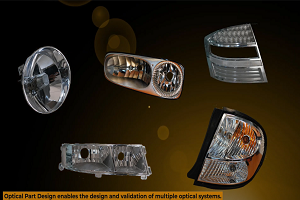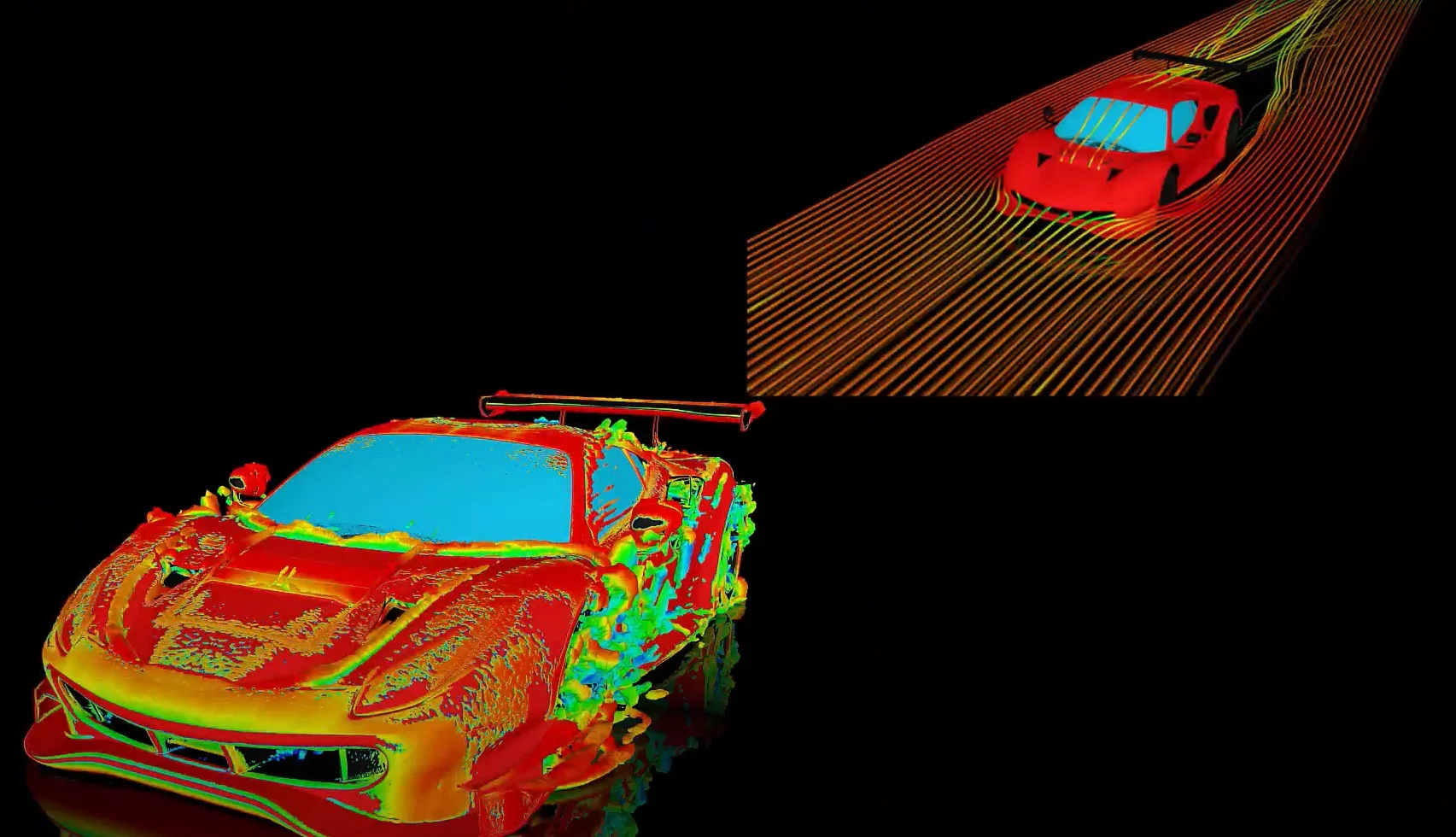-
-
January 25, 2023 at 7:16 am
 FAQParticipant
FAQParticipantHere are a few things to keep in mind when performing a Conjugate Heat Transfer (CHT) analysis which includes 3D surface bodies (baffles): 1). It is important to use the ‘Merge’ option (from the ‘Share Topology’ pull down list) when modeling baffle surfaces in the geometry (especially for conjugate heat transfer analysis). 2). While doing this, it is important to group all of the solid and surface bodies into separate components as different options will be applied to each of these components. 3). ‘Share’ option must be applied to the component comprising of solids. Please ensure that ‘None’ option is applied on the component with surface bodies. 4). Doing this will ensure successful creation of wall and wall-shadows in Fluent for performing conjugate heat transfer (CHT) analysis. Keywords: share / merge options, conjugate heat transfer analysis, 3D baffles, surface bodies, share topology
-


Introducing Ansys Electronics Desktop on Ansys Cloud
The Watch & Learn video article provides an overview of cloud computing from Electronics Desktop and details the product licenses and subscriptions to ANSYS Cloud Service that are...

How to Create a Reflector for a Center High-Mounted Stop Lamp (CHMSL)
This video article demonstrates how to create a reflector for a center high-mounted stop lamp. Optical Part design in Ansys SPEOS enables the design and validation of multiple...

Introducing the GEKO Turbulence Model in Ansys Fluent
The GEKO (GEneralized K-Omega) turbulence model offers a flexible, robust, general-purpose approach to RANS turbulence modeling. Introducing 2 videos: Part 1 provides background information on the model and a...

Postprocessing on Ansys EnSight
This video demonstrates exporting data from Fluent in EnSight Case Gold format, and it reviews the basic postprocessing capabilities of EnSight.

- Defining heat transfer coefficient (HTC)
- Simulating Battery Pack Cooling System Using Ansys Fluent
- Thermal Analysis of a Radiator Using Ansys Fluent
- How to solve the warning: “Warning: zone of type interior found between different solids!”
- ANSYS Fluent: Overview of the Mapped Interface Technique for CHT Simulations (18.2)
- What is the difference between internal and external emissivity?
- ANSYS Fluent Student: Conjugate Heat Transfer in a Heat Sink
- In ANSYS Fluent, when the energy equation is enabled and viscous heating is enabled, must pressure work also be turned on?
- How to use Thin Walls with Thermal boundary conditions?
- Where do I enter radiation properties such as emissivity/absorptivity, are there any recommended values for certain surfaces, and where do I find them?

© 2025 Copyright ANSYS, Inc. All rights reserved.

